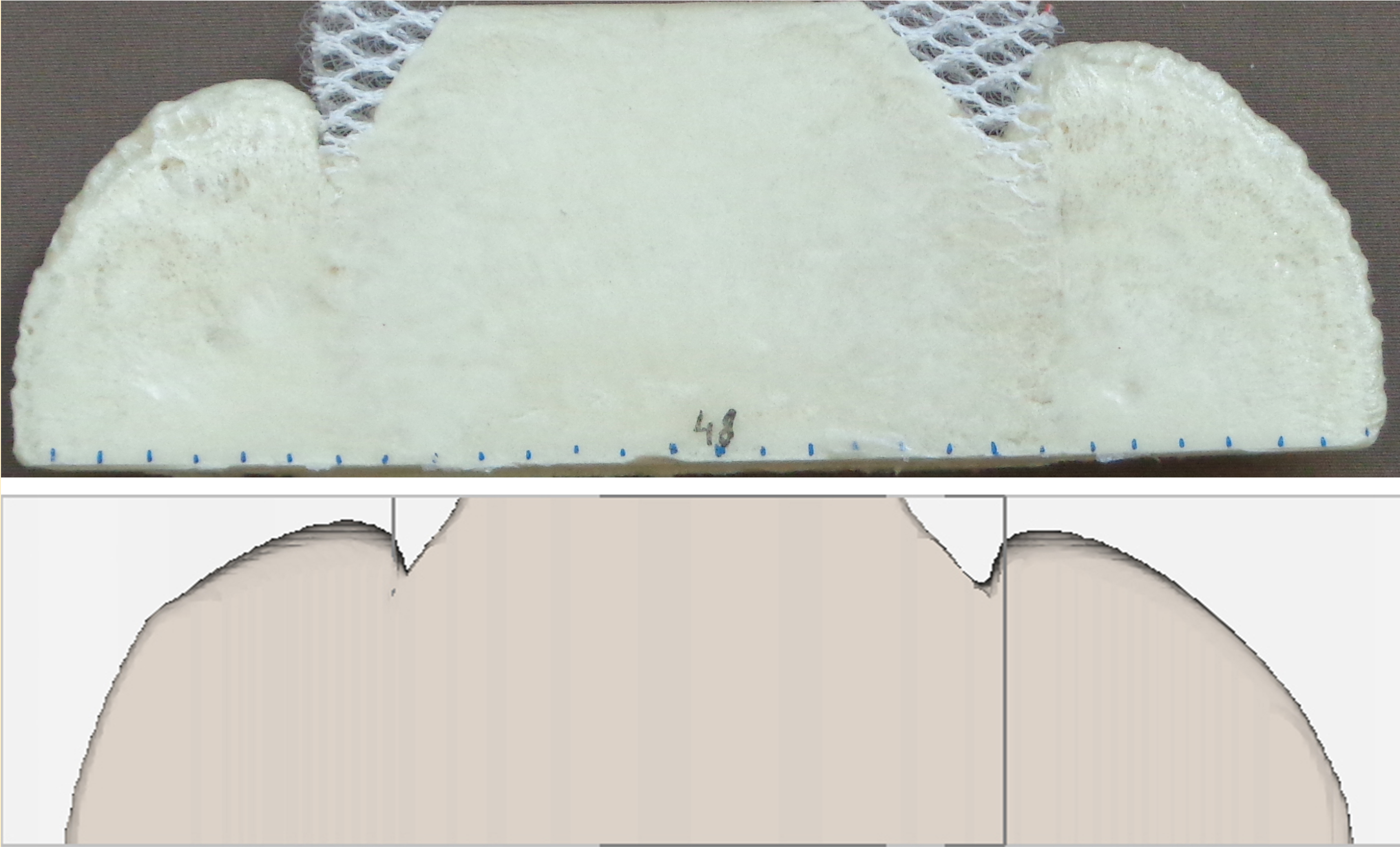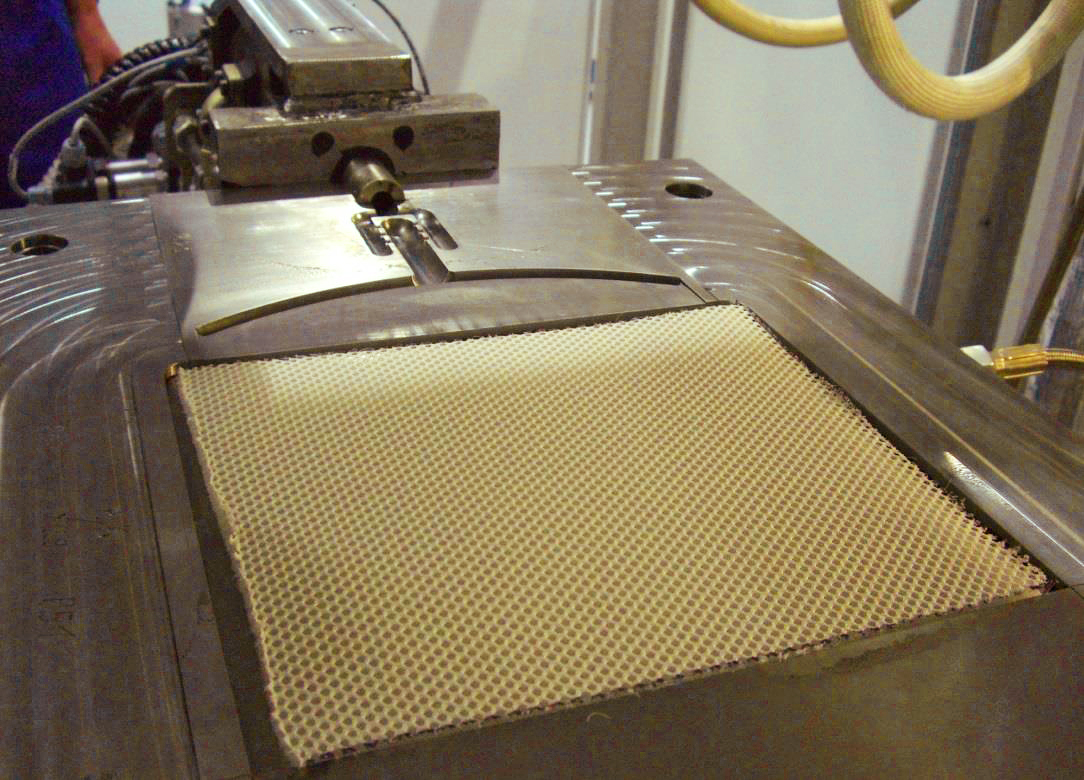Composite structures are considered to be lightweight and stable. Textile reinforced composites materials made from polyurethane (PU) foams are perfect candidates due to their enhanced physico-mechanical characteristics. Using the FOAM software in our CoRheoS simulation platform, we can simulate the form filling process.
PU-Foams are Complex and Difficult to Study
In the RIM process (Reaction Injection Molding) of PU foams, a polymer mixture is injected into a mold in which the material develops over a period of time from a low molecular weight emulsion to a complex polymer foam matrix via polymerization.


